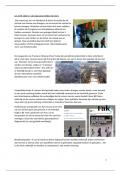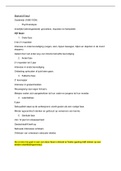Summary
International Marketing Management Summary
- Course
- Institution
- Book
This is a summary of the chapters 1-20 (except chapters 6 and 14). These are all the chapters required for the test. Book: International Marketing, European Edition, Ghauri & Cateora, 4th edition, McGraw-Hill Publishing, ISBN: 978 -7
[Show more]













